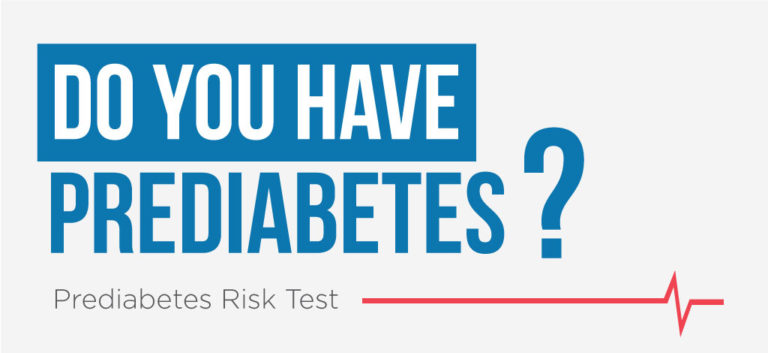Prediabetes is a metabolic condition and a global progressive problem that is strongly linked to obesity. If it is not diagnosed or treated early, it can become type 2 diabetes.
What Is The Prediabetes?
Prediabetes is identified by the existence of glucose levels in the blood that are higher than what is considered normal, but not high enough to be classified as diabetes.
Prediabetes is a decisive stage in the diabetes development since lifestyle choices can totally prevent it. Early detection and decisive action can postpone or prevent the development of type 2 diabetes.
Prediabetes Common Symptoms
Many people suffer from prediabetes but are not fully aware of it. This is because the condition often develops gradually and without any sign of warning or symptoms. In many cases, the victim only realizes their status once the type 2 diabetes symptoms begin to emerge. Therefore, it is imperative to be very aware of the risk factors.
Prediabetes Risk Factors
The same factors that increase the risk of developing type 2 diabetes amplify the risk of developing prediabetes, including:
Overweight or obesity being overweight is an elemental risk factor for prediabetes. The more fat tissue you have, primarily in the interior and between the muscle and the skin around your stomach since that is where the cells become more resistant to insulin.
A very large belly can be a sign of insulin resistance. The risk is intensified for men with larger waists of approximately 40 inches and for women with larger waists of approximately 35 inches.
The family history. If you have close relatives (parents or siblings) who currently suffer from type 2 diabetes, the risk increases.
Age. Although diabetes can develop at any age, the risk of prediabetes sharpens as people get older, especially when they are 45 years old.
Gestational diabetes. If you developed gestational diabetes during the period of your pregnancy, you are more at risk of developing diabetes in the future. If your baby weighs more than 9 pounds (4.1 kilograms) at birth, you are more at risk of having diabetes.
Sedentarism. The less active he is, the more he increases the risk of developing prediabetes. Physical activity helps a lot in controlling your weight, uses glucose as energy and makes your cells more sensitive to insulin.
Race. Although it is not clear why people of a certain race are more likely to develop prediabetes, these include Hispanics, American Indians, African Americans, Asian Americans, and Pacific Islanders.
The polycystic ovary syndrome. For women who have polycystic ovary syndrome, the risk of diabetes is exacerbated. This is a condition which presents as main characteristics irregular menstrual periods, excessive hair growth and obesity.
Sleep disorder. Clinical investigations have associated people who suffer from a sleep disorder called apnea, are at higher risk of developing insulin resistance.
Proof to Detect the Prediabetes
The fasting plasma glucose test or a glycosylated hemoglobin (HbA1c) test that does not require the person to remain fasting can be used. Any of these two tests (blood tests) can be used to diagnose type 2 diabetes or prediabetes.
When diagnosed with prediabetes, you need to take measures to prevent the disease. Your doctor should clearly state the steps you must take to reduce your risk of developing type 2 diabetes.

